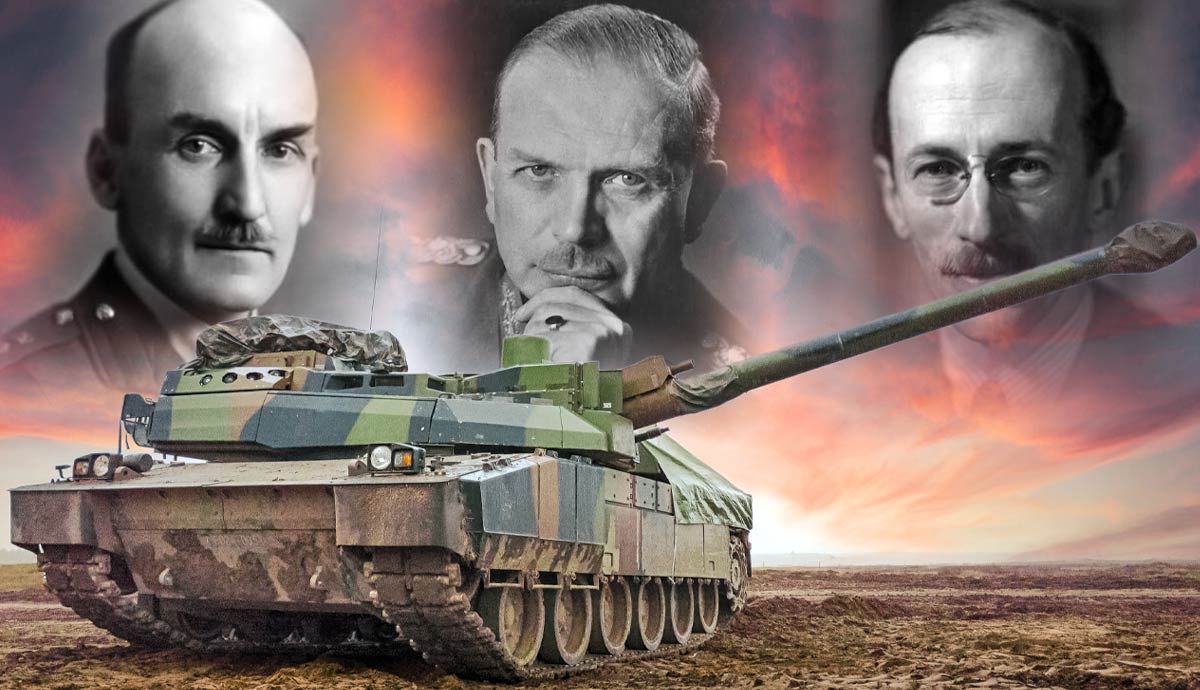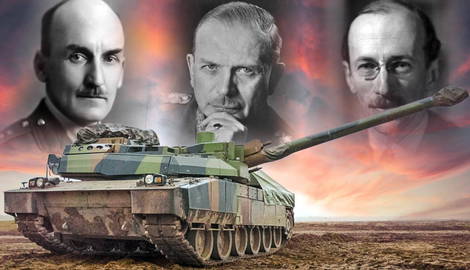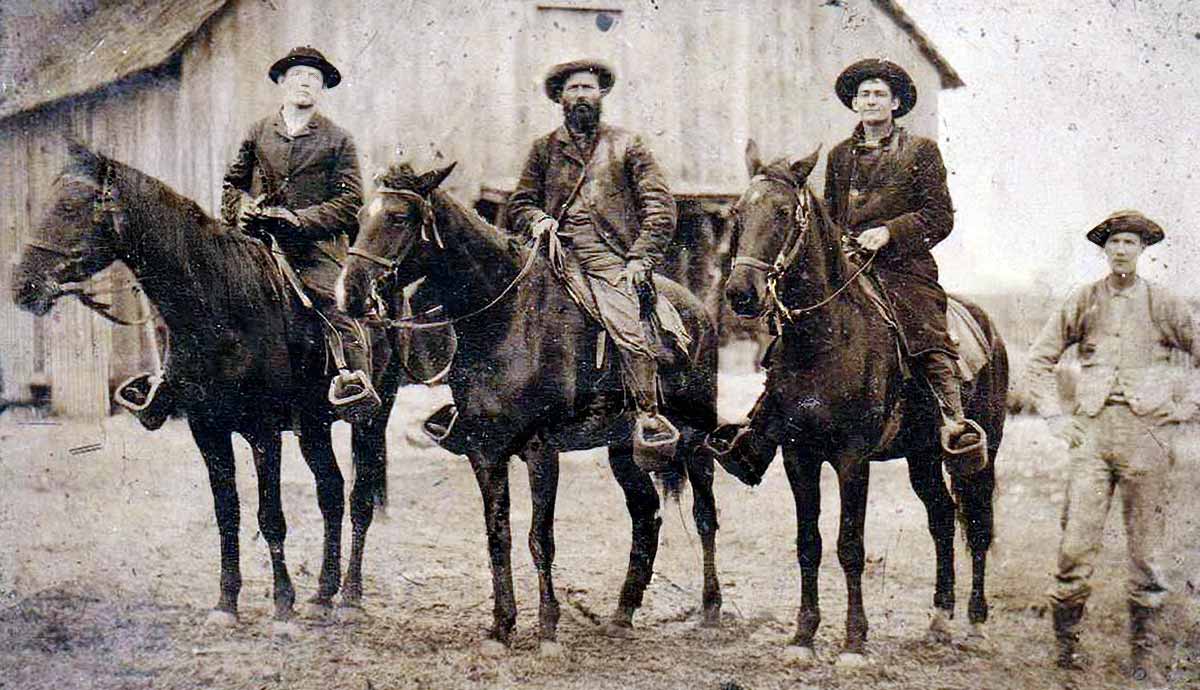
The Great War in 1914 started with rapid advances but quickly bogged down. Both sides burrowed in, covering France with deep trenches. This often-depicted trench warfare kept both sides locked in a stalemate that neither poison gas nor artillery barrages could break. The 1917 Battle of Cambrai introduced more than tanks, creating the development of armored warfare, and armored pioneers.

The stalemate almost buckled under Allied intelligence. 1916 saw the first Allied use of tanks, breaking through some of the German lines. Horrified German soldiers fled, only rallying later. At the November 20, 1917, First Battle of Cambrai, the Allies deftly devised a combined arms team of planes, tanks, and artillery to push back the Germans. Tanks were used en masse. Battles involving tanks like 1916’s Flers-Courcelette or their mass use at Cambrai caught the attention of talented individuals like J.F.C Fuller, Liddell Hart, and Heinz Guderian. Each brought a different take on the pioneering use of tanks.
JFC Fuller: Command and Theorist

Often considered among the best-armored warfare pioneers, Fuller’s theories still resonate today. Born in 1878, Fuller entered the Royal Army as an 1899 graduate of Sandhurst. He fought in the Boer War and the Great War as the Tank Corp’s Chief of Staff (1916).
Fuller planned the 1917 Battle of Cambrai, massing nearly 400 tanks for the fight. Before Cambrai, tanks were only used for infantry support or in small groups. After the war, Fuller had several roles, chiefly in the Experimental Mechanized Force. He constantly advocated for a war of movement, with tanks being dominant. His thinking contradicted the traditional thinking, which focused on infantry and cavalry tactics.
Fuller’s theory boiled down to a “combined arms” approach of air power, tanks, infantry, and big guns attacking on a limited front. The tank stood at the center, able to exploit any breakouts and wreak havoc.
Liddel Hart: Always Indirect

Like Fuller, Sir Basil Henry Liddell Hart fought in the Great War. Born in 1895, he served in the Royal Army, got wounded twice, and retired in 1927 to teach and publish. Horrified by so many deaths during World War I, Liddell Hart figured a different way of waging war must exist.
Liddell Hart’s thought that wars should be indirect. Direct assaults rarely succeeded, cost lives, and were often too bloody. Tanks squarely fit into his theory nicely, being the centerpiece. Any attacks should be one of movement, attacking to dislodge the enemy. With a “combined arms” approach, as Fuller believed, Liddell Hart also believed this to be the quickest path to winning.

To Liddell Hart, once the enemy got dislodged, you’d stir fear in troops and commanders. Liddell Hart’s theories foreshadowed many future developments. His idea of “tank marines” or infantry riding tanks to take on knock-out tougher spots foreshadowed armored infantry decades later.
Both Liddell Hart and Fuller studied, hypothesized, and wrote about tanks and their uses. Their works were read and absorbed by innovative, flexible thinkers outside of Britain. One such general, Germany’s Heinz Guderian, was an innovator.
Heinz Guderian: Thinker and User

Like many German generals, Guderian served in the Imperial Army and later in the Wehrmacht. He served as a staff officer but did have combat experience. In the 1920s, he became interested in tanks and armored warfare. Guderian rose fast through the ranks postwar, allowing him to develop his own principles. As such, he read frequently, especially foreign writers.
Like his British counterparts, Guderian’s ideas of using tanks contrasted with current views as an infantry support vehicle. Guderian advocated that tank units must be independent but with air and infantry support. He incorporated some ideas from Fuller, Liddell Hart, and others. Unlike many, Guderian’s ideas were fostered and used, especially in World War II’s opening phases. His 1937 book Achtung Panzer helped develop the idea of blitzkrieg.

Guderian theorized (and used) that tanks backed by the other elements must be used to exploit vulnerabilities in any enemy defenses. Once through, the tanks needed to encircle the enemy. His idea that German panzer units should be all in one unit – infantry, tanks, and artillery- became the Wehrmacht’s norm.
Also, though Fuller or Liddell Hart had combat experience, Guderian commanded at the corps and army level. He participated in the 1939 Poland invasion and 1941 Operation Barbarossa but later was relieved from command. The 1920s and 1930s saw the tank’s use pushed to the forefront, breaking decades of infantry first. Under pioneering thinkers like these men, war became mobile and fluid.







